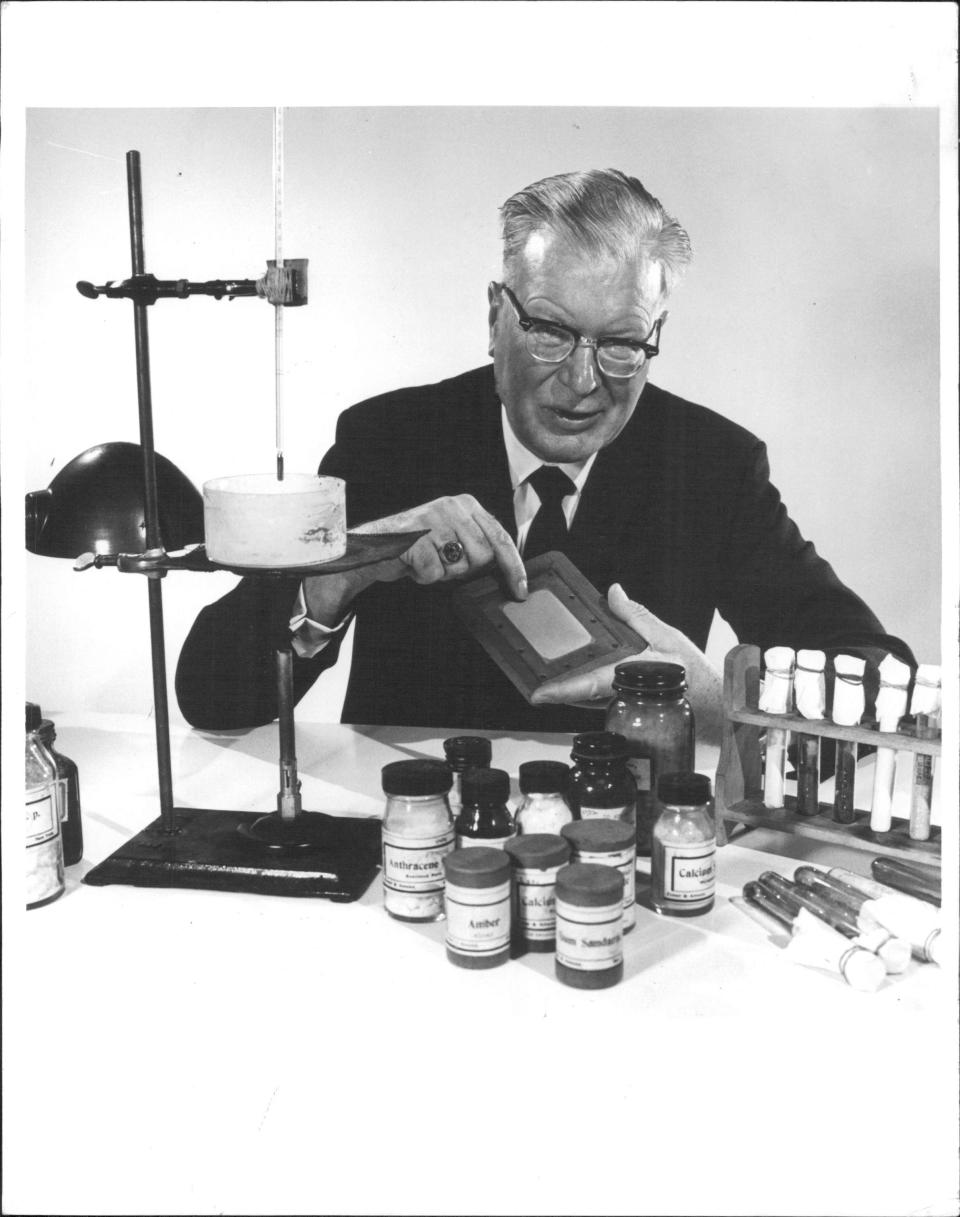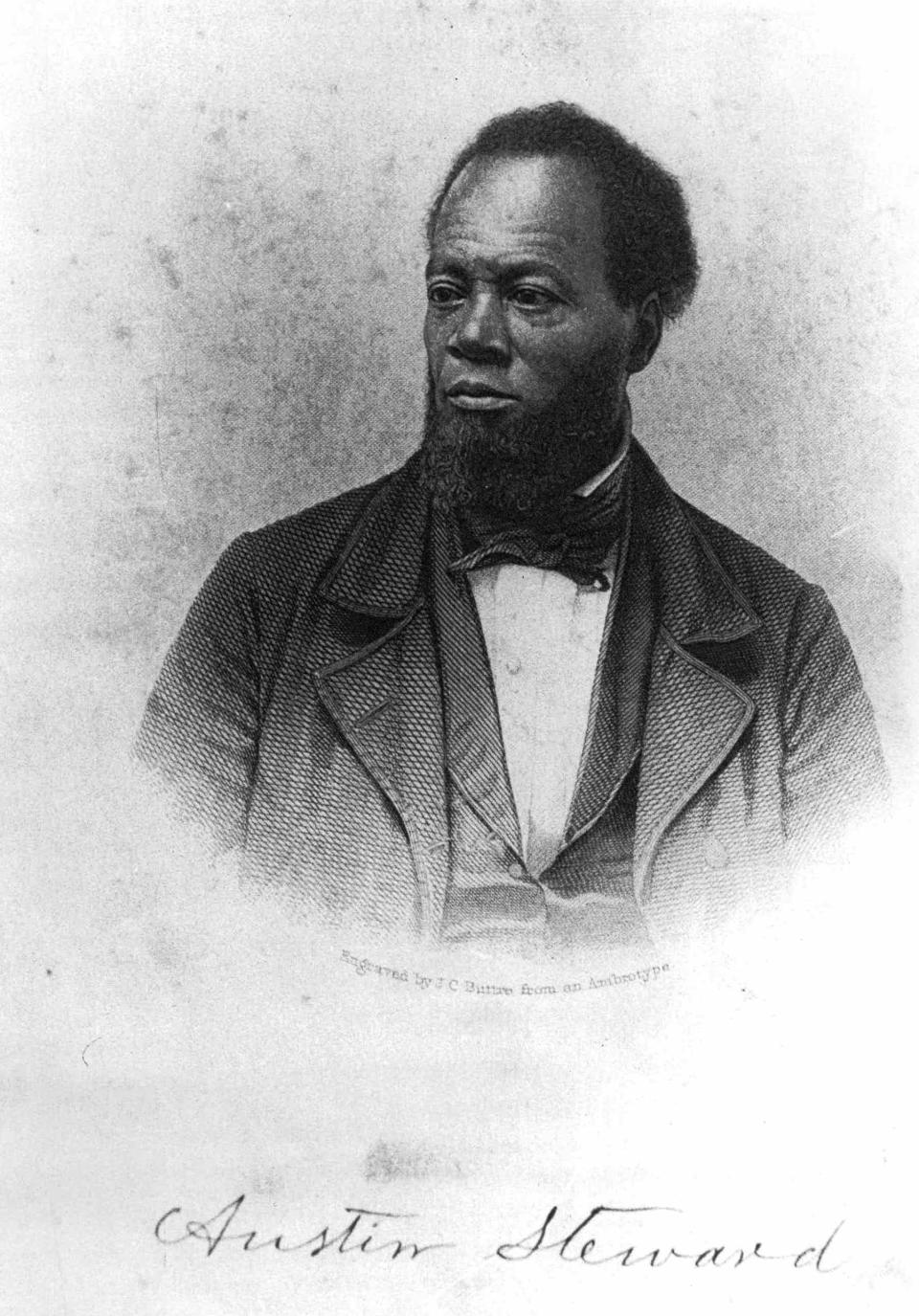These icons wandered off the beaten path, arrived in Rochester, challenged the status quo
It’s safe to say that 22 months into the pandemic most people would like to wander, to set out to who knows where, to be surprised along the way, to find a place they didn’t know was there, to stay awhile and then wander some more.
Though, keep in mind that wandering sometimes gets a bad rap, as David Brown Morris notes in his latest book, “Wanderers: Literature, Culture and the Open Road.”
Wanders can be depicted as “unfocused, drifting, frivolous day dreamers,” writes Morris, who, full disclosure, is a friend from our college days. He goes on to make the case for wandering. It’s “aimless movement without a destination,” but that, at least in some cases, is part of the charm.
Morris points out that everyone from poets to painters to singers gives wandering high marks. It can produce new thoughts, new experiences, and it can get people away from old thoughts, bad experience.
In support of his thesis, I’d stress how important wandering has been to Rochester. The city sometimes is seen as set in its ways, but those ways have often been set by wanderers, or at least by new arrivals, people who come here from elsewhere and who think in new ways.
Susan B. Anthony leaves Massachusetts; Frederick Douglass flees Maryland. They wander off the beaten path, arrive in Rochester, challenge the status quo. Much later, Norma Jean Wagner Meminger, our most recent Remarkable Rochesterian (see below), heads to the South, wanders into bus stations, helps break down segregation.

Wandering doesn’t always involve travel, or even moving out of an office or a lab. Think of all the researchers (Chester Carlson of Xerox, etc.) who made breakthroughs because they imagined what others didn’t and hung in when others let go.
Wandering can be forced and painful, as Morris emphasizes. Austin Steward, a slave in the early 1800s escapes his cruel master in Bath, Steuben County, heads north on foot through the wild, finds refuge in Ontario County and then Rochester, eventually writes a gripping narrative of his life.

As one of the Lost Boys of Sudan, Salva Dut wanders in Sudan during the war there. Eventually, he finds himself a refugee in Rochester, and then, with great courage, he’s back in Sudan digging water so people don’t have to wander in search of water, so they can stay in one place.

In this country, as Morris points out, there is also the wandering associated with homelessness, of moving about to find shelter and stability.
There’s a whole literature of wandering, and Morris spends a few pages on “The Wanderer,” a song made famous in 1961 by Dion (full name Dion DiMucci).
The song is an anthem to loving and leaving, the singer never settling down because it’s his nature to roam. In his words, he’s “the wanderer, the wanderer.”
Remarkable Rochester: He drove 6.5 hours to every Bills home game. 13 seconds won't stop him from doing it again.
More Jim Memmott: Out of grief comes good: Finding comfort and inspiration in the message on a bench
In 1978, and on a comeback trail, Dion played Club 747 in Rochester. A fairly brutal review in the Democrat and Chronicle was headlined: “A disco club takes on The Wanderer.” Both disco and Dion lost, the reviewer said, the singer undone by a bad sound system.
But Dion survived Rochester, and still he continues to perform, having shifted along the way from one musical style to another and going on to be inducted into the Rock and Roll Hall of Fame. Wandering worked for him. Perhaps it could for all of us.
Remarkable Rochesterians
In a terrific profile in the most recent edition of Local History Rocs!, a Rochester Public Library blog, Emily Morry wrote about a local activist who joined the national struggle for civil rights in the 1960s. As suggested by Michael Brisson, let’s add her name to the list of Remarkable Rochesterians:
Norma Jean Wagner Meminger (1928-1998): Having lost nearly 80% of her vision in an accident, she attended and graduated from the Batavia School for the Blind and moved to Rochester after she married. In 1961, she became a Freedom Rider with the Congress of Racial Equality and went on to make two trips as the first legally blind person to join in the Freedom Rides to integrate bus stations and train terminals in the South. She was also an activist in Rochester for fair housing, equal employment, and the desegregation of schools.
From his home in Geneseo, Livingston County, retired senior editor Jim Memmott, writes Remarkable Rochester, who we were, who we are. He can be reached at jmemmott@gannett.com or write Box 274, Geneseo, NY 14454.
This article originally appeared on Rochester Democrat and Chronicle: Rochester NY history shaped by wanderers who challenged the status quo

 Yahoo Autos
Yahoo Autos 